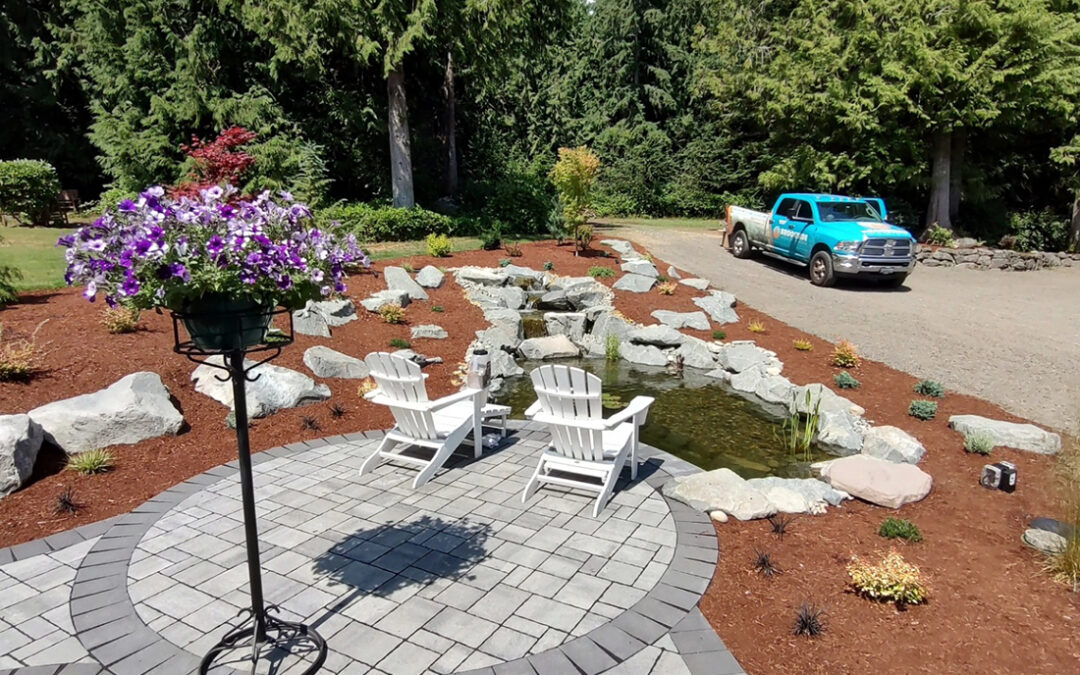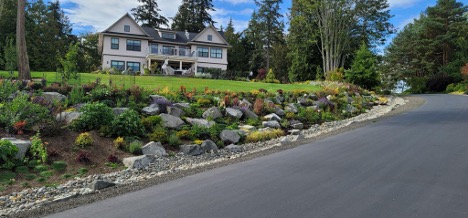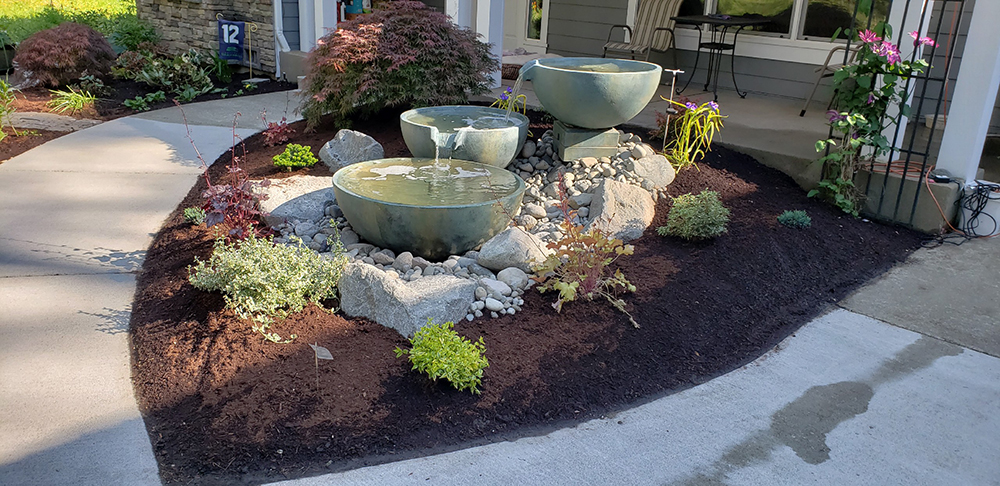
by Shiloh | Apr 3, 2025 | General, Landscaping, Outdoor Lighting, Patio Pavers, Renovation, Uncategorized, Water Features
Is Your Yard an Investment or a Money Pit? If you’re thinking about upgrading your outdoor space, you want to know, is this adding value to my home? Maybe you’ve watched a few home makeover shows or scrolled Instagram and seen jaw-dropping backyards with massive fire...

by Shiloh | Mar 6, 2025 | General, Landscape Design, Renovation
As a homeowner, you want to create the perfect outdoor space. You’ve seen those beautiful yards on Pinterest and Instagram, and you think, “I can do this myself.” After all, how hard can it be to plant a few shrubs, lay down some mulch, or design a new patio? The idea...

by Shiloh | Feb 28, 2025 | General, Landscaping, Renovation
Thinking About Hiring a Cheap Landscaping Company? Read This First. You want a beautiful, functional backyard—maybe a new patio, a fresh lawn, or some well-placed plants that make your space feel like a retreat. You start looking for landscaping companies, and...




